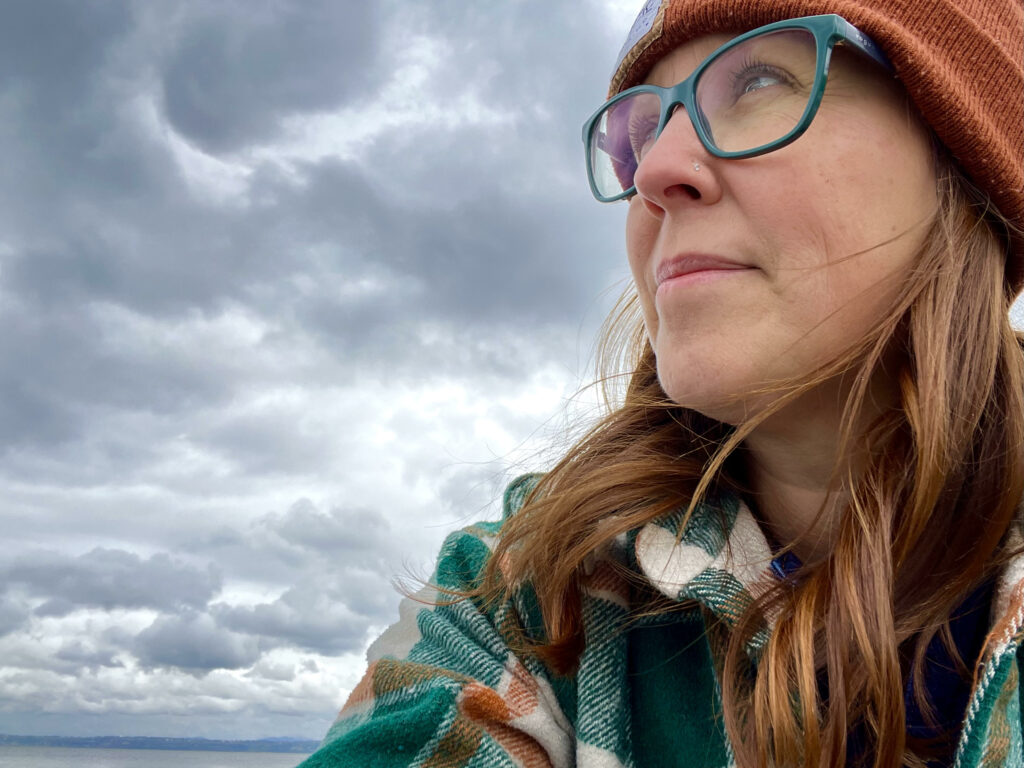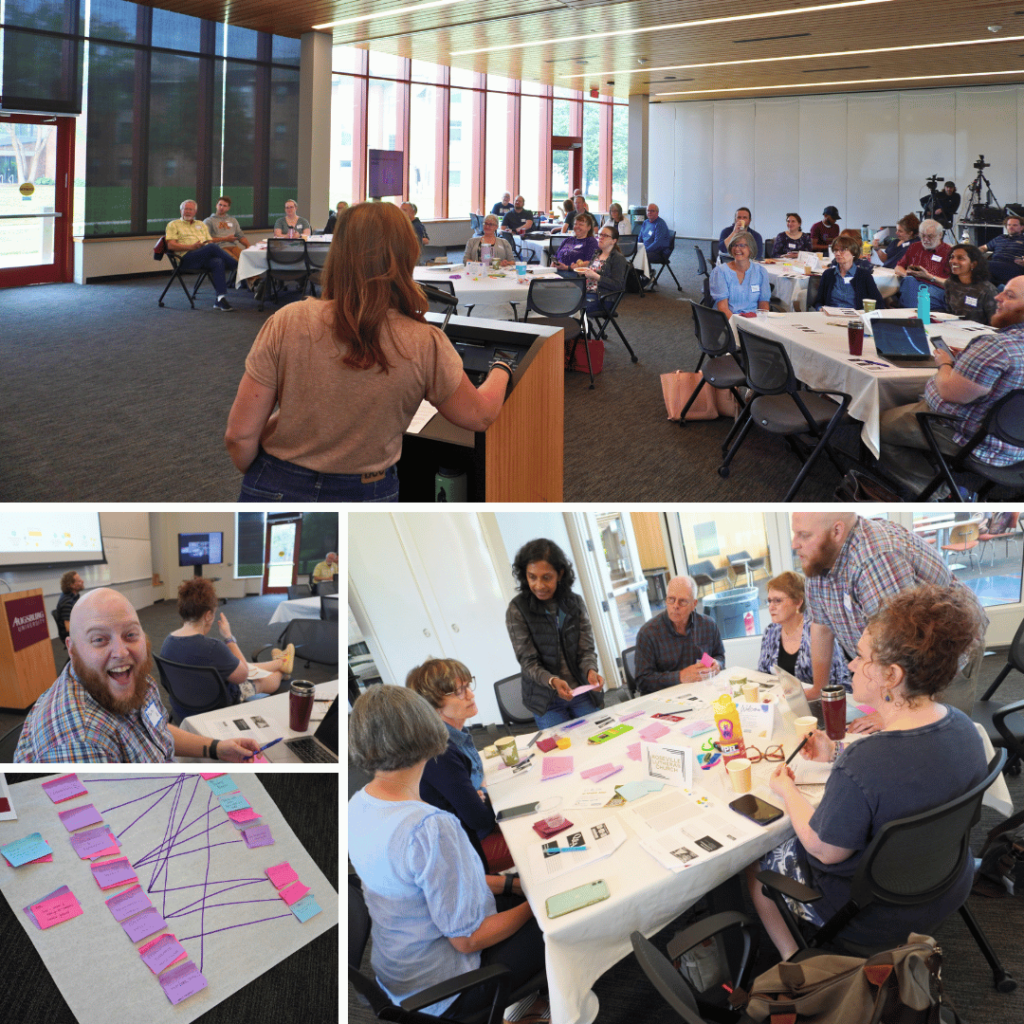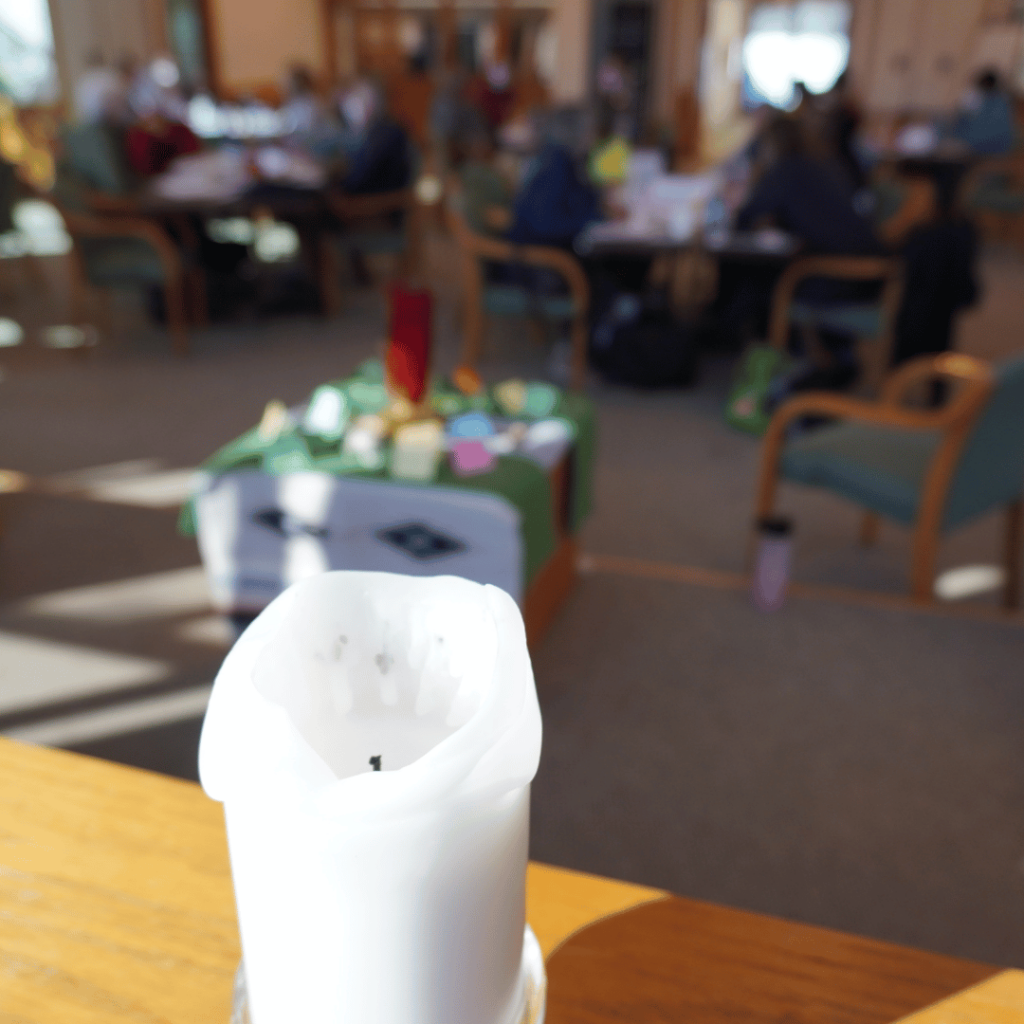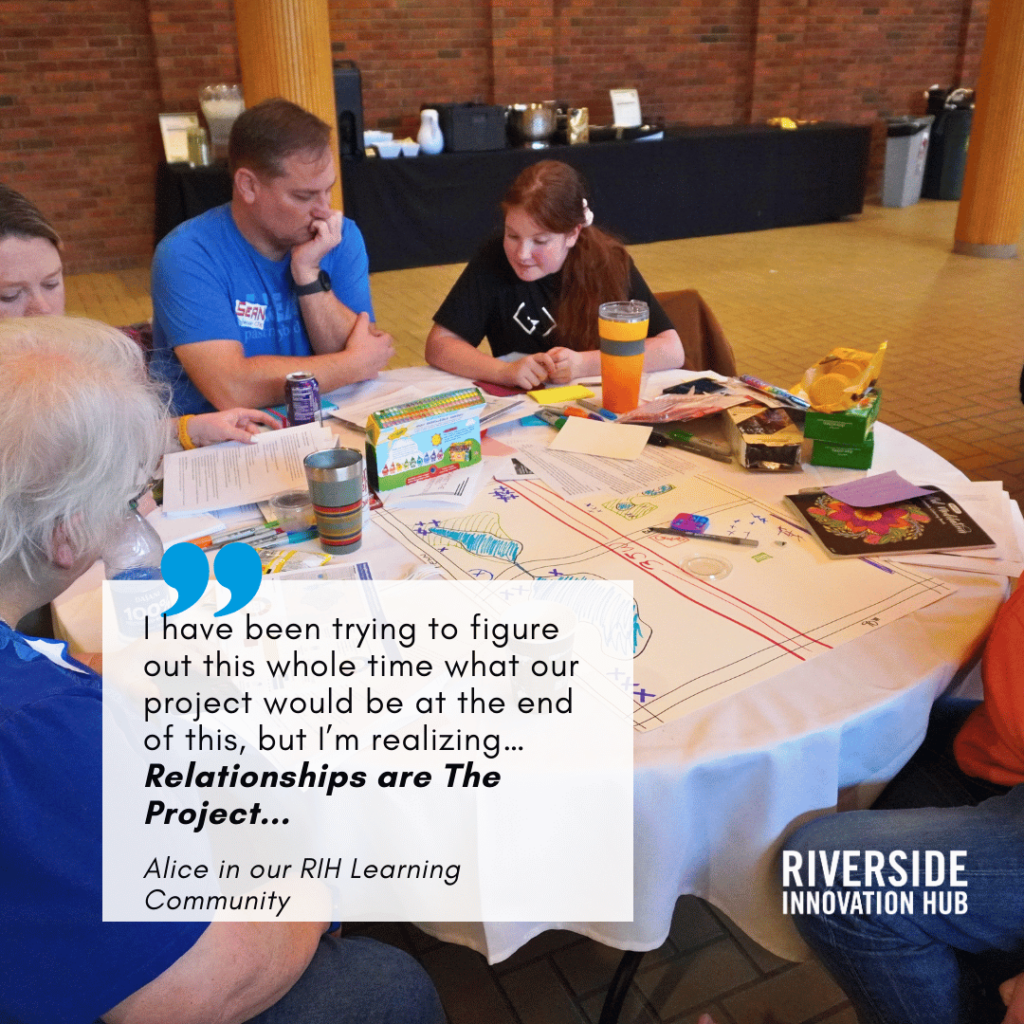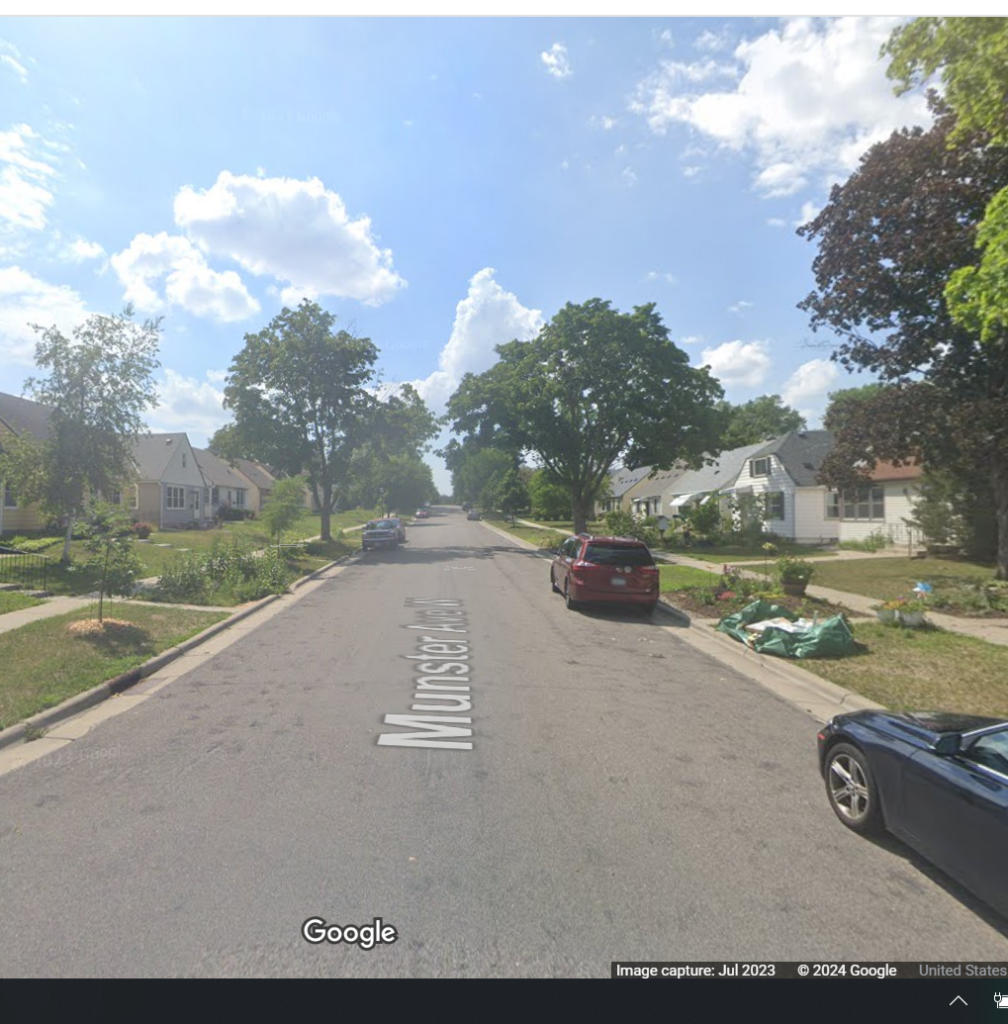Written by Gretchen Roeck, Program Director for The Confluence
The Confluence 2024 is in the books!
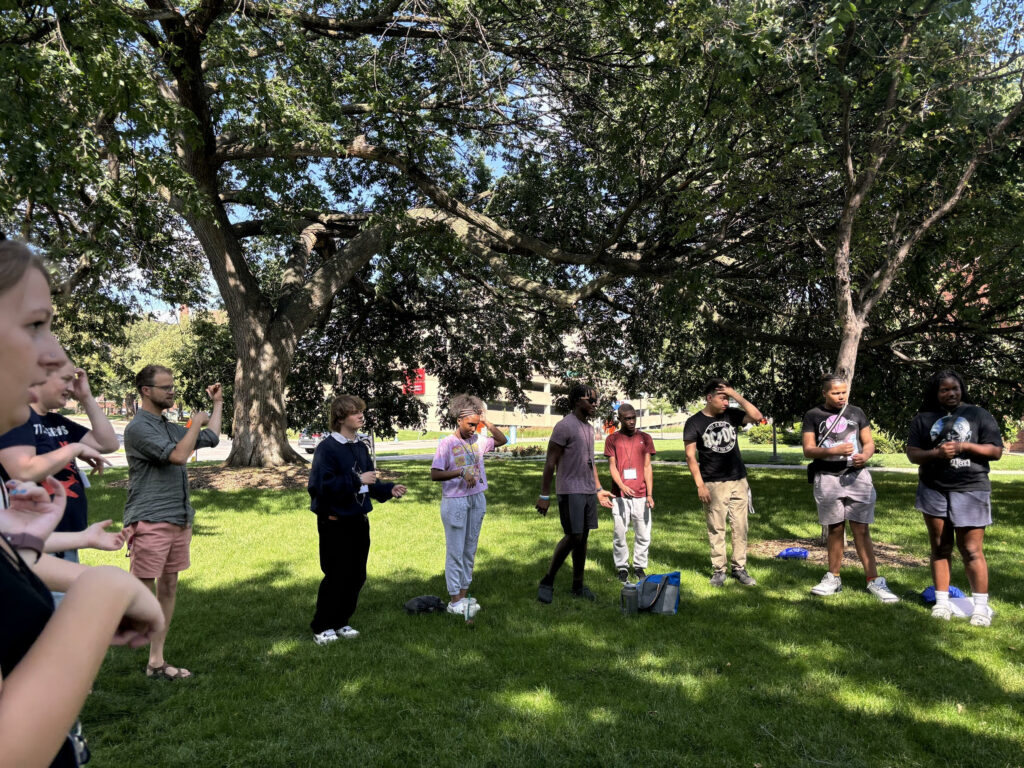 Here are the stats:
Here are the stats:
- 15 participants
- 12 churches
- 5 Christian faith traditions
- 5 Augsburg rockstar student mentors (shout out to Sarah Runck, Liana Whitlock, Marcia Francois, Luke Owens and Stephen Nushann)
- 1 Auggie Alum (the *amazing* Grace Porter)
- 6 musicians leading worship from Redeemer Lutheran Church in Minneapolis
- 9 speakers from around the Twin Cities including Joe Davis, Dave Sherer, and Rev. Cyreta Oduniyi-Howard, Pastor of Christian Education, Middle School Specialist, Academic Navigator and Lead Teacher at 21st Century Academy, and Young Survivors Lead at Northside Healing Space, all ministries of Liberty Presbyterian Church – learn about our other facilitators below
- 7 locally owned restaurants – you should visit them too!
- 6 Augsburg Staff (Big thanks to our partners in Campus Ministry, CCV Staff Brenna Zeimet, Augsburg Events and Professor Jeremy Myers)
- 1 wildly talented translator, Yesenia Morales Bahena, for our 4 incredibly smart and brave English Language Learners
The Week
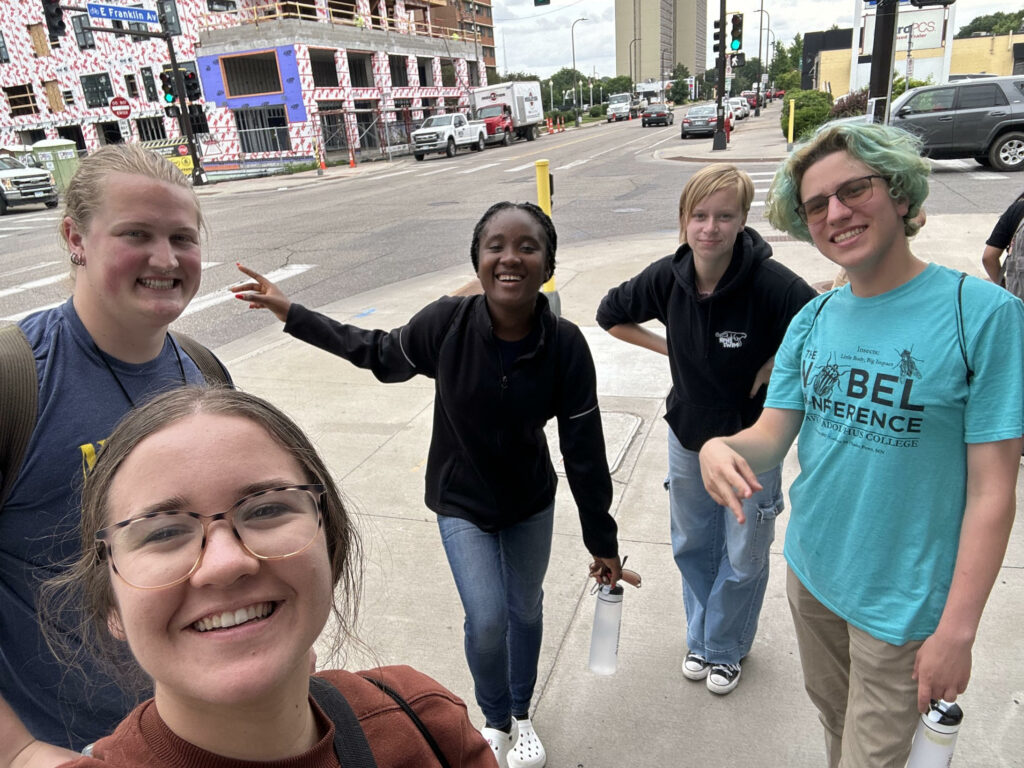 The week was guided by our understanding of vocation as the place where our Biblical story intersects with our world’s story and personal stories. Continue reading “The Confluence 2024 is in the books!”
The week was guided by our understanding of vocation as the place where our Biblical story intersects with our world’s story and personal stories. Continue reading “The Confluence 2024 is in the books!”

